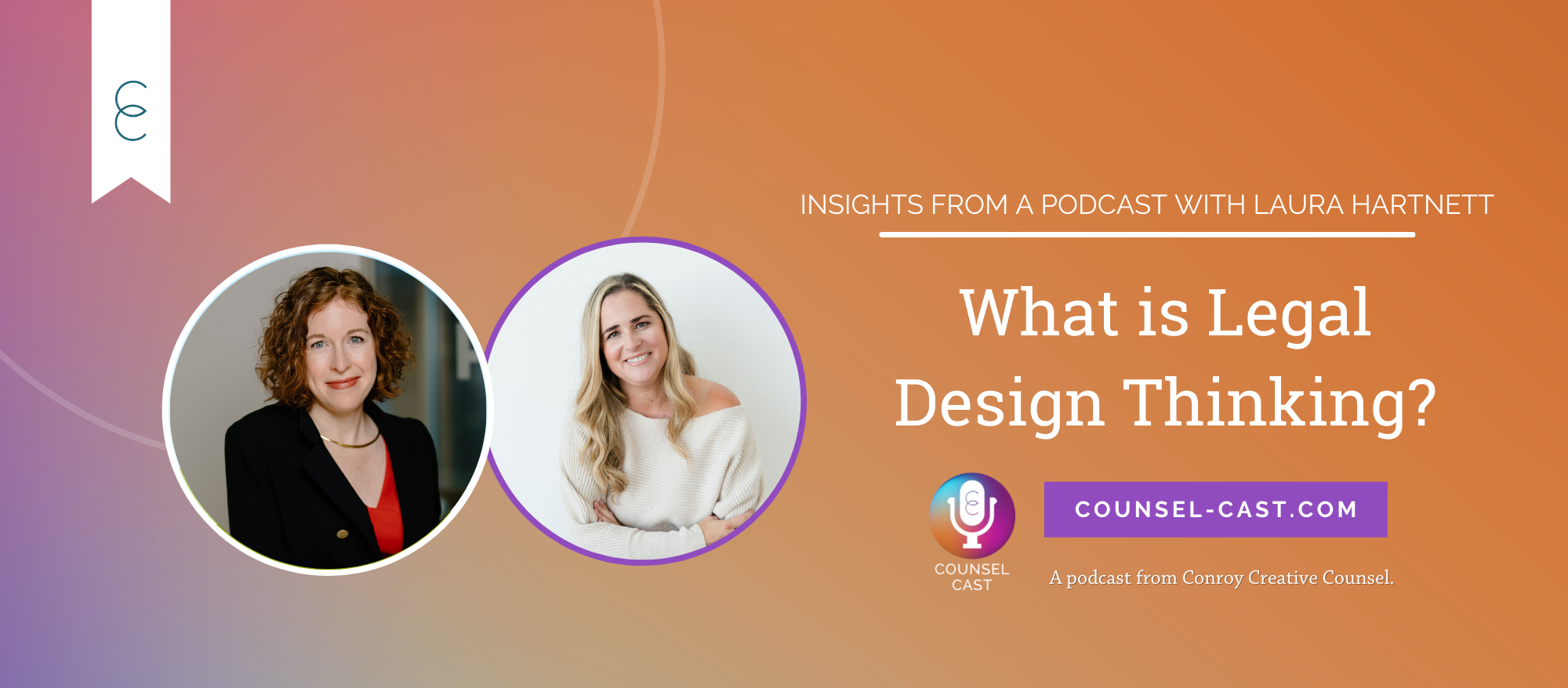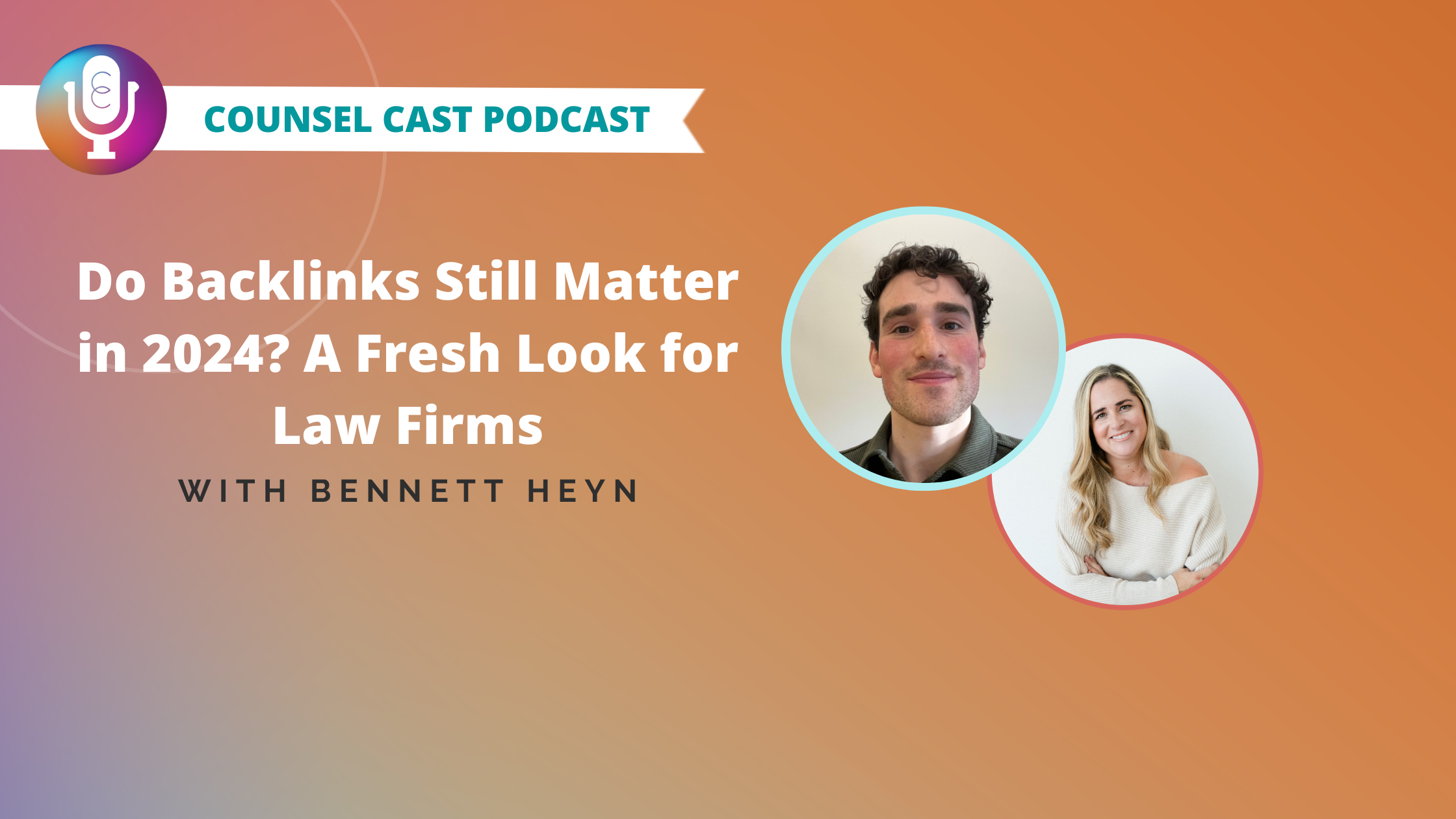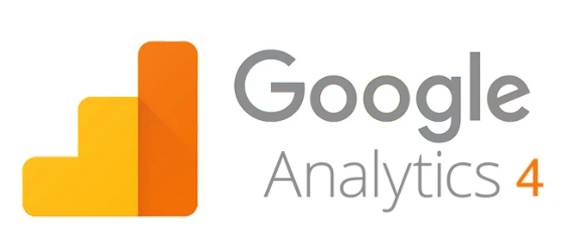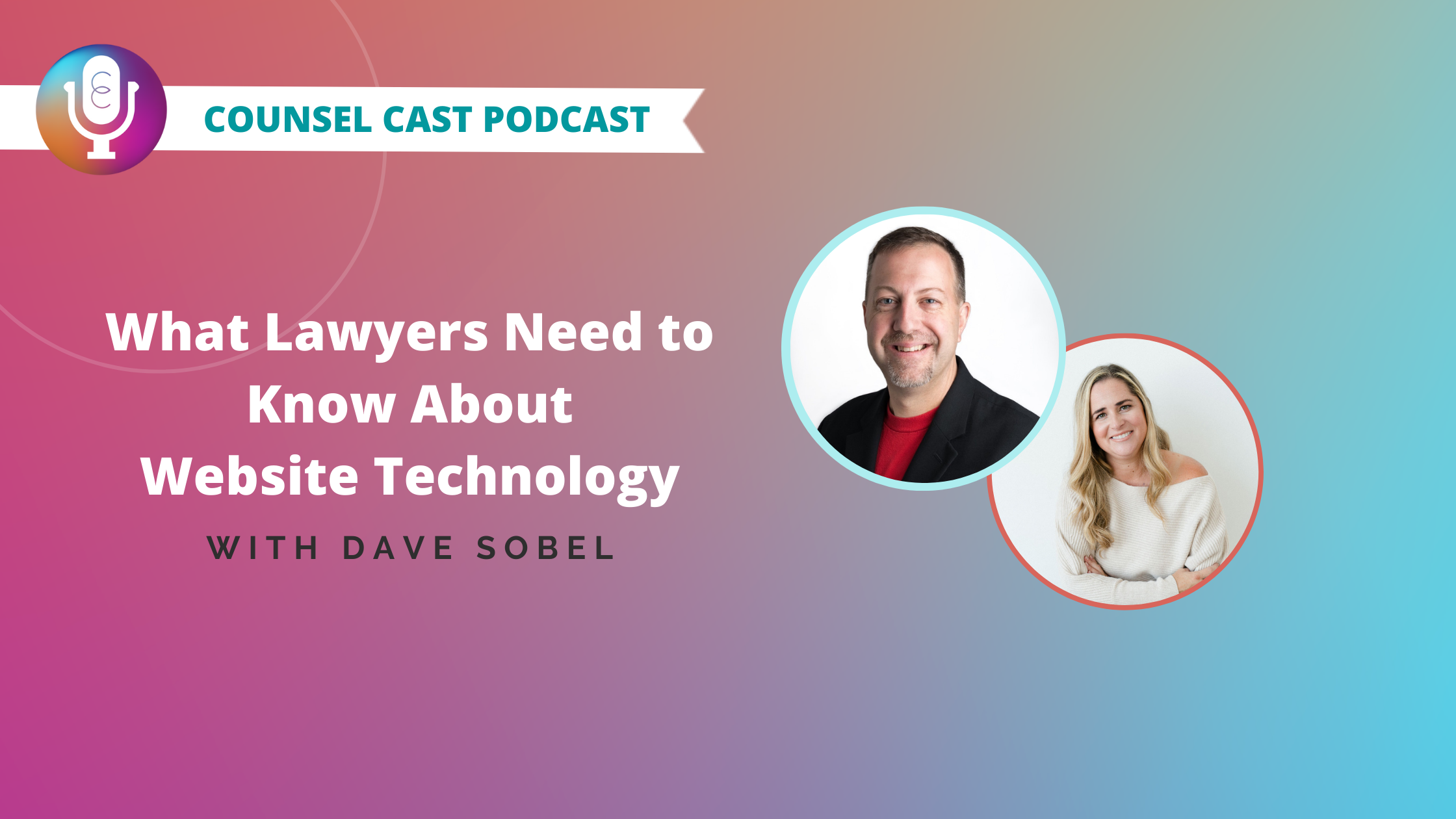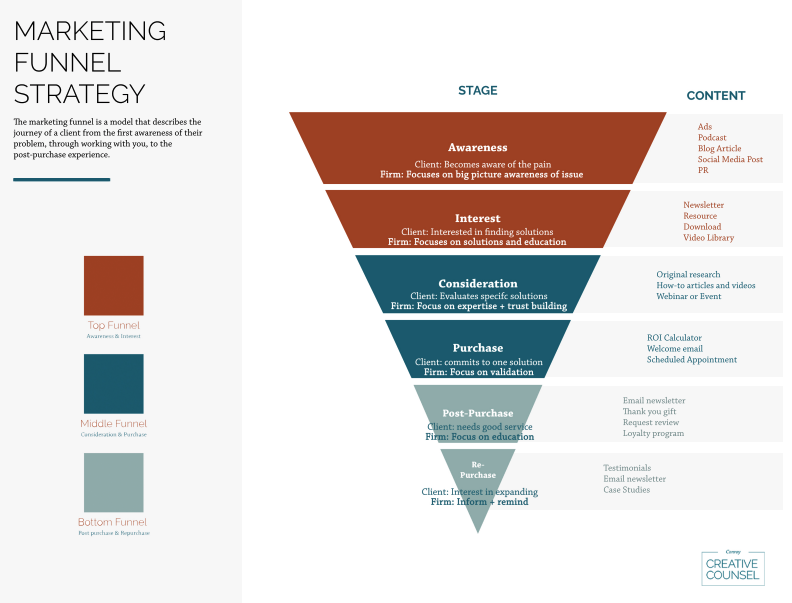The “design thinking process” is a concept used by many business owners to increase understanding of their clients and to prioritize empathy in client interactions.
In a recent episode of my podcast Counsel Cast, I talked with Laura Hartnett, who specializes in (among other things) the concept of legal design thinking to help lawyers get better results.
Laura has seen both sides of the table as both a lawyer and a client and has 15 years of experience as a management consultant, litigation associate for national and international law firms, and in-house counsel for a Fortune 100 company. Her breadth of experience is an outstanding resource to law firms and legal departments alike and allows them to use legal design thinking to “make lawyering better.”
Here’s a broad overview of the topics we discussed in detail in the podcast.
What is design thinking?
Design thinking is a mode of thought in the business world that requires you to empathize with your users and gain a greater understanding of their problems and needs and how your own insights and solutions can help them. It requires creativity to come up with ideas for new, innovative solutions and to test those solutions.
This method of thinking has started to emerge in service industries, including the legal industry.
For a law firm, it is obviously important to rank high in a search engine. But that can’t be done only with your written content; you need to have a design that aligns with your messaging so you can achieve your goals of improving your ranking and generating more leads.
The more you’re able to convey your solutions on your website and address your clients’ problems, the more you will grow the trust in your relationships with your clients. Every aspect of your design and messaging should be targeted toward your clients and their needs rather than focusing on your firm and what it delivers.
The importance of empathy in building client relationships
Design thinking requires empathy on the part of the business owner. But why is empathy so important in building client relationships, and what does that look like in a legal setting?
“I’ve seen so may lawyers [say] ‘oh, I’ve worked with that client for years, you know?’” Laura said. “Well, have you checked in with them? Have you seen what has changed in the past five, 10, 20 years? One of the most powerful questions I encourage lawyers to ask is what was happening in your client’s life before they called you, and also what is going to happen after you finished that last interaction with them? Because if you try to truly map that client journey, including where you’re not involved, you’re going to provide a solution to them.”
Law is such a relationship-based service. Lawyers that constantly have their clients’ needs and journeys in mind are in a much better position to provide outstanding service. The focus should always be on how you can help your client rather than on how you can generate more business. By keeping that focus, more business will come.
Laura says that lawyers might not think of themselves as creative people, but law requires a certain amount of creativity for success. Lawyers have to constantly come up with new arguments and new approaches, and have to be flexible and creative in their negotiations.
“You can just turn that and apply that on yourself with your clients to get creative and go, ‘yeah, okay, they’re not ready for these other contracts they’re gonna need. What’s another way I can provide that for them early?’”
This highlights why empathy is important in building relationships with clients. But what do the mechanics of that look like?
This will look different for every area of law, but in general it should include a focus on the client’s journey, their pain points and then a brainstorm of potential solutions.
One example Laura gave was of an attorney working with a business that needs to provide quarterly updates to stakeholders. The lawyer could ask for the deck format of the update so that based on the information the client already has, the attorney can provide a brief summary of where the litigation is. This might feel like a minor service or something easy, but it shows an understanding of the client’s needs and challenges and it saves the client a lot of work and spares them from having to translate legal information they might not necessarily know how to convey.
Celebrating failure and using it as a redirection
Design thinking also inherently involves incorporating feedback to tweak processes and improve results. Because it is so inherently rooted in empathy and understanding clients, it can be extremely powerful to get feedback from various sources and use it to improve marketing in the future.
Learning what doesn’t work is often just as important as what does work, and in this way, the failures (small and large) a firm experiences in its marketing endeavors should be celebrated as learning and growth opportunities.
“One of the parts that’s really overlooked is… stopping, getting feedback from the client, colleagues, from the paralegals, form the admins,” said Laura. “How did that work? What went wrong? Could it have been better?”
If marketing involves a lot of trial and error, then it is important to embrace the “error” part. Marketing without the marketplace feedback doesn’t work; you must get that feedback and then adjust and refine as needed.
This is the difficult part of marketing, and the piece many marketers don’t want to do. It’s one thing to adjust SEO with content and adjusting website designs. But actually collecting and listening to that feedback is a critical part of success in marketing, and it’s one of the staples of design thinking. You cannot be an empathetic marketer without gathering and listening to feedback and using it to improve services and marketing initiatives.
That being said, it is important to still have someone making the decisions about when enough feedback is enough and when and how to take action. Design by committee can quickly ruin a website, so allowing clients and those giving feedback to have too large a role in shaping your designs and marketing endeavors can be problematic if not properly moderated.
Listen to the conversation!
Want to hear the full conversation with Laura Hartnett about design thinking and how it can benefit designers and marketers in the legal world?
Check out the episode on Counsel Cast today.
Counsel Cast brings industry experts together for quick, impactful conversations focusing on answering one question. We’ll cover topics everyone is asking us, what everyone is getting wrong and how to fix it. We’re here to give savvy attorneys like you the insight and expertise needed to get more results.

